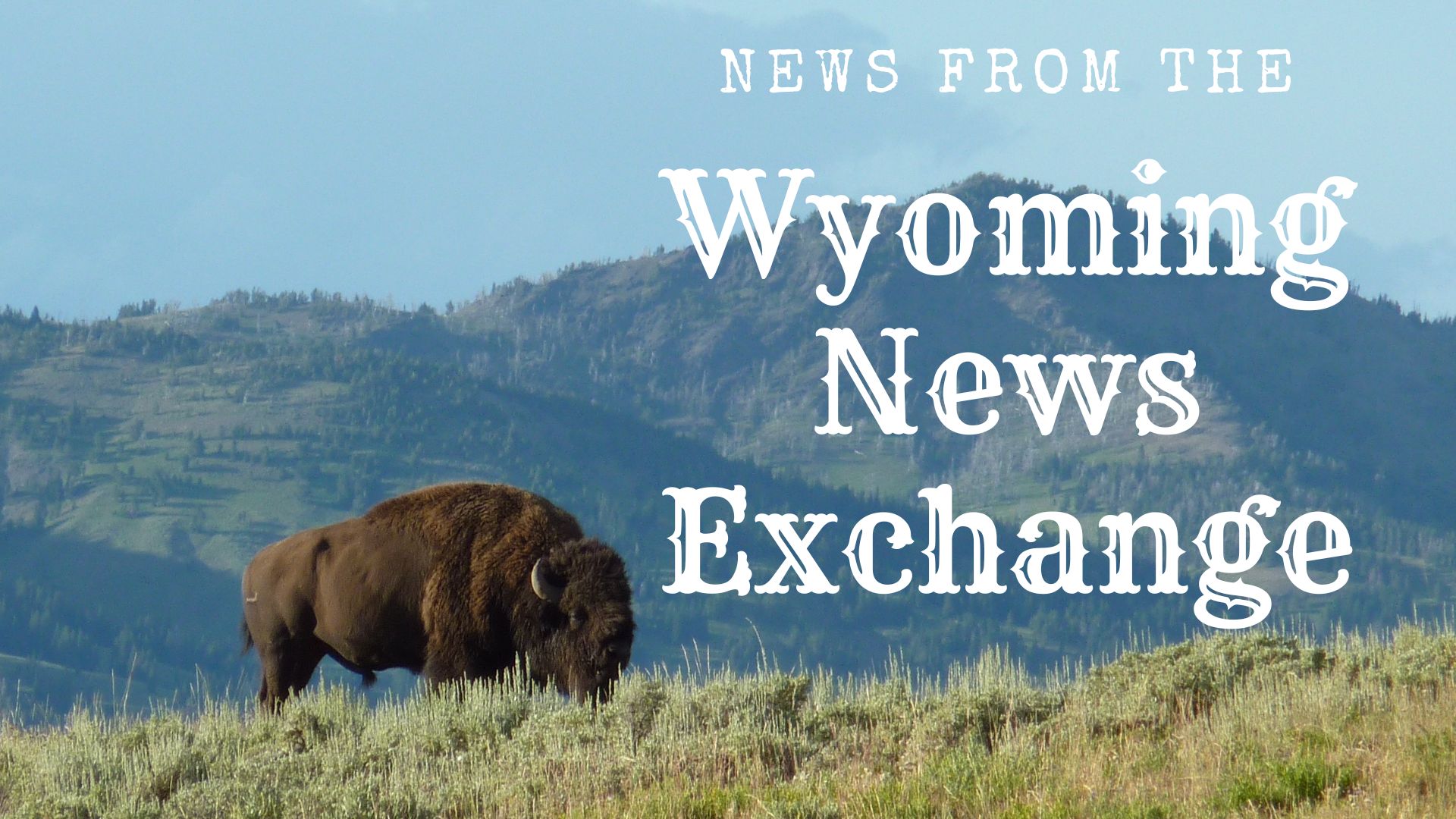Supreme Court bides time on ruling for coal-fired emissions

CASPER — Wyoming and 23 other states in the spring asked the U.S. Supreme Court to provide an “emergency stay” on the Environmental Protection Agency’s Clean Power Plan 2.0, which requires coal-fired and new gas-fired power plants to capture 90% of their carbon emissions by 2039, a prospect that would result in the closure of many legacy plants, industry leaders say.
On Thursday, the court rejected the request.
Although that doesn’t mean the regulation will hold, and the high court insinuated it may entertain the issue more fully depending on the outcome of a DC circuit court decision over the same complaint, which is expected to be heard in early 2025.
“The applicants have shown a strong likelihood of success on the merits as to at least some of their challenges to the EPA’s rule. But because the applicants need not start compliance work until June 2025, they are unlikely to suffer irreparable harm before the [lower court] decides the merits,” wrote justices Brett Kavanaugh and Neil Gorsuch jointly.
The upcoming election could also bear on the outcome.
Under a Trump administration, a new EPA director could either implement a temporary administrative stay of the rule or ask the circuit court to remand it for a rewrite, legal experts explained in the online journal Utility Dive.
A Harris-Walz ticket, in contrast, would likely defend the rule all the way through a SCOTUS decision.
It’s the latest plot point in the multi-front battle between energy states and the Biden administration, who have each spent millions in legal fights over environmental regulations with mixed outcomes.
Wyoming and other states notched a win over the summer when a federal court enjoined the BLM’s “methane waste prevention rule” that would have required oil and gas developers to pay royalties on gas flaring or install pneumatic technology to capture and sell gas that’s typically vented, which in a given year is around $500 million worth of natural gas, according to think tank Synapse Energy Economics.
The issue is likely to pop up again because of regulation overlaps with pre-existing federal mandates and simultaneously raise questions about states’ sovereign authority to regulate emissions under the federal Clean Air Act — jurisdictional issues that will need to be revisited independently.
Meanwhile, the Cowboy State and 22 others are suing to undo a separate EPA rule that sets new emissions standards for mercury and toxic air pollutants emitted by coal units with a capacity of more than 25 megawatts.
On the local front, the state is fighting the administration’s “no future coal leasing” resource management plan in the Powder River Basin, which would effectively kibosh all coal mining there by 2041, when the current federal leases will expire.
Incessant legal battles keep local officials and operators in a state of uncertainty, a sentiment expressed by Gov. Mark Gordon when he reacted to the Court’s punt on the Clean Power Plan 2.0.
“Regrettably, our utilities are still required to assume the regulations will be in effect until the lower courts rule, only increasing the uncertainty of their future. We can hope the musings of the two justices who recognized the merits of our case will hold sway in a timely positive resolution of this challenge,” the governor said.
This story was published on October 22, 2024.








